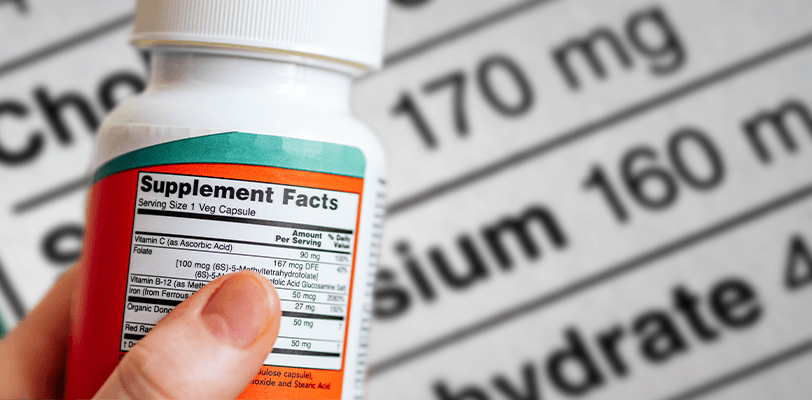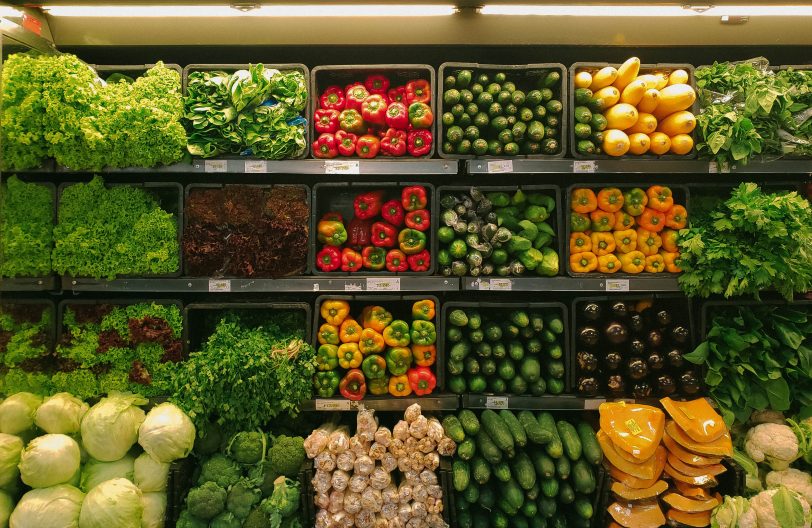In December 2016, Health Canada updated the regulations for food labelling as part of its Healthy Eating Strategy. The list of ingredients and the Nutrition Facts table were modified to make food labels easier to understand and to help Canadians make more informed product choices. This was the biggest change to the Nutrition Facts table since the introduction of a standardized table in 2003. Manufacturers had a five-year window to meet these new requirements, but this has since been extended due to challenges caused by the COVID-19 pandemic. The Canadian Food Inspection Agency (CFIA) said that it will assist with education and compliance promotion until December 14, 2022. After that point, the CFIA will begin to enforce these new regulations. The agency will apply discretion in cases where non-compliant companies have plans in place detailing how they intend to meet the requirements as soon as possible.

Get an exclusive look at how to best prepare for this upcoming compliance date with expertise from a top regulatory specialist. We’ve compiled a step-by-step guide outlining all of the major changes to Canada’s food labelling requirements. This insight comes from Margaret Podgorski, Regulatory Specialist of Labelling Compliance at Mérieux NutriSciences. Margaret spoke at the 2020 North American Food Safety and Regulatory Summit.
1. Detailed Changes to the Nutrition Facts Table
- The font for the serving size and the number of calories is larger in order to better stand out to consumers. The number of calories also has a bolded line underneath it.
- There is a new percent daily value for total sugars. Originally, the amount of sugar was only listed in grams. The updated table now shows the percent daily value as well as the grams.
- The percent daily values are now based on updated science.
- There is a revised list of minerals and vitamins. When the original Nutrition Facts table came out, Canadians weren’t getting enough vitamin A or C in their diets. But based on new research, Canadians are now more deficient in potassium. Calcium and iron are still present in both versions of the table. The updated table now showcases the minerals and vitamins in milligram amounts as well as their percent daily value.
- There is a new percent daily value footnote at the bottom of the table. It states that, ‘5% or less is a little, 15% or more is a lot.’
“This provides a threshold for Canadians to see what is considered a little and what is considered a lot of a nutrient … This goes back to the vision of Canada's Healthy Eating Strategy: Making the healthy choice, the easier choice for Canadians. It's very transparent and easy to see which foods are healthier and have less than the 15% daily value of sugar.” -Margaret Podgorski

2. New Format for the Nutrition Facts Table and List of Ingredients
Not only is the content of the Nutrition Facts table changing but the formatting is as well. The updated table is now slightly wider, which might impact food manufacturers with products in narrow containers. They may need to rethink the placement of their Nutrition Facts table among other things.
The list of ingredients also has a new format to make it easier to read and to improve the overall appearance:
- Ingredients are now printed in a mix of upper and lower case, rather than all capital letters as previously required.
- Black font on a white background is mandatory and either bullets or comas can separate ingredients.
- There is now a minimum type height requirement.
- Listing food colours individually by their common names is a must. Do not combine colours into one ingredient — something that was normal practice before.
- Group sugars together, meaning different types of sugar are categorized as one. Each specific type of sugar and its exact ingredients will follow in brackets in descending order by weight. Margaret pointed out that sugar may now be the ingredient with the highest percentage and therefore at the top of the list due to the new grouping requirements.
- If the final product contains less than 0.5 grams of sugars per serving, then sugars do not need to be grouped.
“Health Canada actually has a great link on their website that shows examples of sugar-based ingredients that would require grouping. Their main criteria is if the ingredient is added there with the functionality of sweetening the product or sweetening the formula, then it would have to be grouped in as a sugar and listed as such.” -Margaret Podgorski

3. Adjustments to Serving Sizes
The new food labelling regulations impact both the serving size for single-serve and multi-serve packages:
- Serving sizes are now based on a regulated reference amount (RA) to ensure they are more consistent across brands. This will make it easier for consumers to compare similar foods and determine the calories and nutrients in each product.
- Serving sizes will also better reflect the amount that Canadians would normally eat in one sitting. Single-serve packages that contain up to 200 percent of the RA for that food now have to list the entire package as the serving size. This is because someone would most likely consume these products in one sitting.
- Foods in multi-serve packages must have serving sizes that are as close as possible to their RAs.
- Serving sizes for foods that you can measure, such as yogurt, are listed in common household measurements (HM), like cups, tablespoons, number of chips, etc. It will also list their weight in grams or millilitres.
- For foods that contain multiple pieces or that you can divide up, such as chips, crackers or lasagna, the HMs will vary. But the weight in grams will either be the same or very similar. For example, the RA for crackers is 20 grams. But the HM will vary because 20 grams can measure out to six crackers from one brand or 11 from another.
- Common foods, such as bread, will display serving sizes that show both the HM and its weight in grams.
- The HM for bread is now two slices as that is what someone would normally consume in one sitting. However, this time the amount of grams will vary depending on the density and type of bread. But the HM (two slices) will remain consistent in order to help consumers compare products more easily.
How to Best Prepare for These New Food Labelling Regulations
It is essential for your organization to sit down with every department to discuss how these labelling changes will affect them. It’s also important to outline what your next steps are in order to meet the compliance date. You must evaluate the impacts on your product portfolio, establish timelines and discuss budget. As well as identify key stakeholders, form project teams and prioritize company-wide collaboration.
“This will impact every single product in the Canadian marketplace. There are many significant changes for industry and they again are impacting almost every single department. So, it's important to assess, identify, plan and execute to ensure you're meeting that compliance deadline.” -Margaret Podgorski
These changes will also affect every single SKU, so Margaret recommends bundling projects together. This could be the perfect time for a marketing upgrade or to update label claims and romance copy. Or if the new grouping requirements push sugar to the top of your ingredient list, is a reformulation necessary? Does the larger Nutrition Facts table still fit on your packaging or is a whole redesign of the labelling artwork needed? Regulatory affairs will need to streamline their internal systems and processes to develop a new Nutrition Facts table and list of ingredients. They will also have to conduct risk assessments of all the new SKUs. Supply chain and logistics should take this opportunity to minimize write-offs and waste. As well as coordinate their packaging and raw materials to reduce costs.
“This is the biggest change to the Nutrition Facts table since the introduction of a standardized Nutrition Facts table in 2003.” -Margaret Podgorski
It is crucial that every department is on the same page and that all resources are in place to ensure a flawless execution.
The 2021 Food Regulatory and Quality Assurance Summit
Are you interested in learning more about the regulatory landscape in Canada and the United States? Do you want exclusive insights into how to protect your consumers as well as your brand’s reputation? Join us at North America’s premier summit for strengthening your compliance and quality assurance programs. Save the date — the 2021 Food Regulatory and Quality Assurance Summit is on October 26–27. Meet industry regulators and compliance experts from Kraft Heinz, Loblaws, MUIR Energy, Bevolution Group, Bonté Foods, Nature’s Touch Frozen Foods and many more! Check out our agenda to view confirmed speakers and sessions, or follow us on Twitter for the latest summit announcements, updates and special offers.
You can watch the full session on the changes to Canada’s food labelling regulations below:
For an exhaustive list of the upcoming food labelling changes, visit the Government of Canada’s website.






